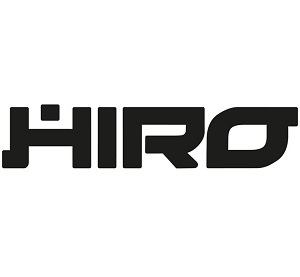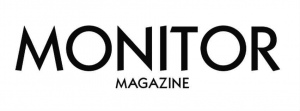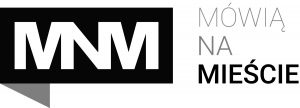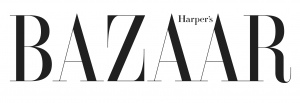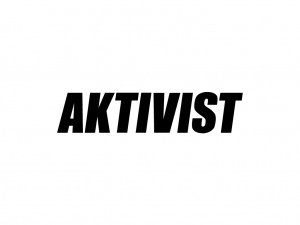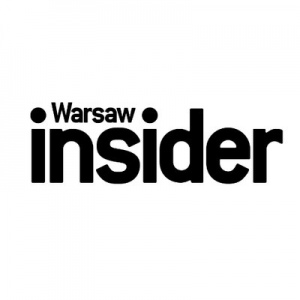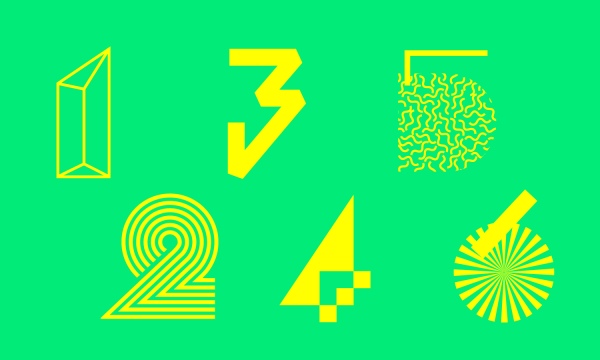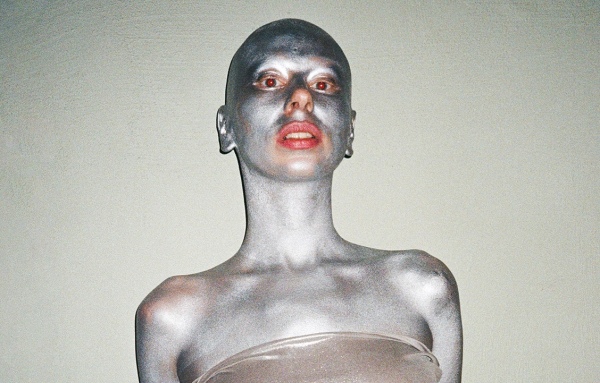Michał Martychowiec
In Memory
The installation is composed of a large-scale photo depicting a fragment of landscape and slides displayed with projectors. Abstract images from the slides create a mosaic of colourful geometric patches. The artist, through this ostensibly simple and laconic visual message, asks us, the audience, important questions about how we see and perceive both pictures and space. The work title is somewhat deceptive, as the work itself is more about oblivion than about recollecting or remembering. The principle of duality, so characteristic of most of the artist’s works, the problem of memory and oblivion, the visual perception of inner and outer space are all contained in the questions asked by the author in In Memory. This work brings past and present closer to one another, whilst maintaining the dynamic balance between spaces and, most importantly, between the seen and the imagined. The pictures of "fragments of time" recorded on the slides are not about a mimetic representation, but about re-presentation created by our imagination. Duality becomes unity here.
Is it possible, then, to picture duality? I believe that this is the direction in which Michał Martychowiec’s work is going. In another version of the In Memory installation, which is now being displayed at the Pavilion 0 exhibition in Venice, the artist made a neon display sporting the question: “How far can you see?”. The answer to this question makes us realize that pictures can be both real and imagined. The imagined ones are always richer, because they imply a priori a multitude of possible interpretations and activate the sphere of experiences reaching far below simply “seeing”.
It is precisely out of these imagined pictures that the artist carefully crafts an abstract composition, showing once again his great admiration for masters of the abstract such as Mondrian, Kandinsky and Malevich.
The spatial context mentioned earlier is another element of utmost importance for Martychowiec. Each space, after all, implies a new formal and semantic context for the artist to write his installation into. Louis Kahn, a prominent architect and a maestro of using space in public utility buildings, said that architecture’s first duty is to fulfil the functions of human institutions, where both humans and art feel well and dignified. Following Kahn’s line of thought, the space he mentions does not have to be a gallery or museum space, it may be any space fulfilling these functions of a "human institution". Michał Martychowiec has carried out many in situ projects in precisely these kinds of spaces – Venetian palaces, traditional Japanese baths, chapel-esque storage facilities. The space of the Ujazdowski Castle Centre for Contemporary Art in Warsaw is another example of this kind of architecture.
The practice of the 20th c. avant-garde is the decisive abandonment of the mimetic-representative paradigm, as Giorgio Agamben wrote in his Image, Dream, Awakening, for newly-discovered areas of the subconscious, the imaginary, and even the purely random. These areas have, to a large extent, shaped the contemporary artistic practices.
Grzegorz Musiał

